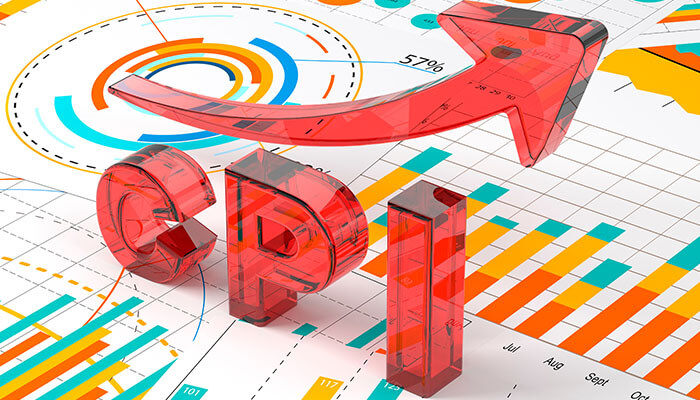What is Consumer Price Index?
The Consumer Price Index (CPI) is a measurement of how prices for a consumer goods market basket and services have changed on average over a period for urban consumers. The monthly variation in amounts paid by American consumers is tracked by the Consumer Price Index (CPI). The CPI is calculated by the Bureau of Labor Statistics (BLS) as a weighted sum of prices for a selection of products and services that is indicative of total consumer spending in the United States.
Among the most widely used indicators of inflation and deflation is the CPI. The producer price index (PPI), which tracks changes in the prices paid to US suppliers of goods and services, has a distinct sampling method, pricing sample, and index weighting than the CPI data.
Consumer Price Indexes: Types
Every month, the BLS releases two indices. 93% of Americans who do not reside in distant rural areas are represented by the Consumer Price Index for All Urban Consumers (CPI-U). It does not include expenditure by residents of institutions, farms, or army bases.
The highly publicized CPI figures that are significant to financial markets are based on CPI-U.
The Consumer Price Index for Urban Wage Earners and Clerical Workers is also released by the BLS (CPI-W). 29% of Americans who live in households where the primary source of income is clerical work or hourly work are covered by the CPI-W. Social Security payouts, along with other government benefits and pensions, are adjusted for variations in the cost of living using the CPI-W. In order to prevent taxpayers from being liable to a higher marginal rate as a consequence of inflation, it also moves the federal tax brackets.
What Is the Use of the Consumer Price Index?
Regulators and the financial markets pay great attention to the CPI Index as an inflationary indicator. Federal benefit payments are adjusted for the cost of living using a linked CPI metric.
Why is the Consumer Price Index Important?
Here is why CPI is important in many ways:
1. Determination of Inflation and Deflation
One of the more popular methods for determining inflation and deflation is the CPI.
An essential gauge of an economy’s health is inflation. The CPI and other indexes are used by central banks and governments when making economic decisions.
The decision to raise or cut interest rates is crucial among these. Aiming to reduce consumer spending and inflation, increased rates of interest make bank loans more expensive. Lower interest rates have the opposite effect and are intended to boost consumer spending in order to keep inflation within a nation’s desired range.
2. Taking Decisions for Social Security
The Consumer Price Index is also utilized to determine a person’s eligibility for advantages like social security and to direct wage adjustments to reflect changes in the cost of living. According to the Organisation for Economic Co-operation and Development, cost-of-living adjustments are linked to the CPI for more than 50 million state welfare recipients, soldiers, and retired government employees in the United States (OECD).
3. Determination of the GDP (Gross Domestic Product)
Real Gross Domestic Product, a measure of the total value of products and services generated by an economy with the impact of inflation removed, is also determined by economists using CPI data.
Conclusion
To monitor inflation, a nation’s prices for a variety of products and services are recorded in the Consumer Price Index (CPI). Anything at all, from a bread loaf to a vacation, can be included. Every month, prices for 80,000 different items are gathered throughout the US. So, CPI is a business calculator that helps in the determination of the GDP, social security, inflation, and deflation. Online businesses can also benefit from the CPI and its calculations.




